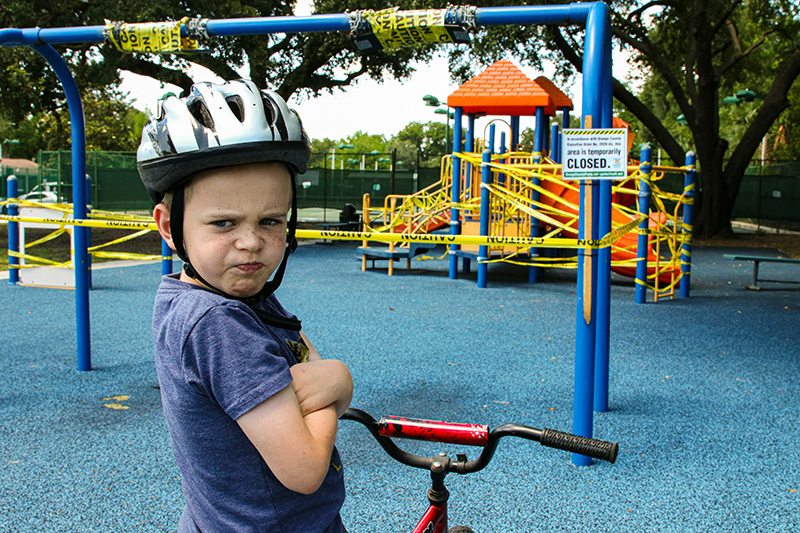What are Disruptive Behaviour Disorders (DBDs)?
Disruptive Behaviour Disorders (DBDs) are a group of mental health conditions characterised by persistent patterns of behaviour that violate social norms and the rights of others.
DBDs are psychiatric disorders marked by temper tantrums, interpersonal aggression, and defiance, typically first diagnosed in childhood or adolescence. Common types include:
- Oppositional Defiant Disorder (ODD)
- Conduct Disorder (CD)
- Other or unspecified disruptive, impulse-control, and conduct disorder

Prevalence of DBDs
Prevalence in the United States
- Conduct disorder affects 1-4% of adolescents in the United States.
- Oppositional Defiant Disorder (ODD) is estimated to develop in approximately 10.2% of children.
Australian Data on Related Conditions
- In Australia, anxiety disorders were the second leading cause of total burden of disease for children aged 5-14 years old.
- For boys aged 5-14, conduct disorders were the third leading cause of total burden.
- For girls aged 5-14, depressive disorders were the third leading cause of total burden.
Prevalence in First Nations Children
A study found that the point prevalence of oppositional defiant disorder was 2.94 times higher (95% CI: 1.14-7.69) among First Nations children and adolescents compared to non-First Nations clinical groups in Australia.
General Prevalence
Disruptive Behaviour Disorders are estimated to affect 9-16% of youth at some point during development.
While these figures don’t provide a specific prevalence for DBDs in Australia overall, they give some context about the occurrence of these and related disorders in different populations. A comprehensive national survey specifically focused on DBDs would be needed to get accurate prevalence data for Australia.

Causes of Disruptive Behaviour Disorders
The causes of Disruptive Behaviour Disorders (DBDs) are not fully understood, but several factors are believed to contribute to their development:
Genetic Factors
- Children with DBDs often have family members with mental health disorders such as ADHD, depression, anxiety disorders, or substance abuse issues.
- Heredity plays a role, though affected children can also come from healthy, well-functioning families.
Environmental Factors
- Stress or conflict in the family, including divorce, separation, or serious conflicts.
- Parental criminality or substance abuse.
- Inconsistent, overly harsh, or ineffective discipline.
- Lack of adequate parental or adult supervision.
- Poverty.
- Exposure to domestic violence.
- Poor foster care.
- Physical, emotional, or sexual abuse or neglect.
Biological Factors
- Low birth weight.
- Neurological damage.
- Prenatal exposure to maternal smoking, substance use, illness, and stress.
Psychological Factors
- Co-existing conditions like Attention-Deficit/Hyperactivity Disorder (ADHD).
- Early separation from parents.
Developmental Factors
- Child temperament and personality differences include activity levels, emotional responsiveness, quality of mood, and social adaptability.
- Cognitive factors include misinterpretation of social cues and deficits in social problem-solving skills.
Neurological Dysregulation
While not directly studied for DBDs, there is clinical evidence suggesting that neurological dysregulation may play a role, given the high comorbidity with conditions like ADHD and Tourette’s syndrome.
It’s important to note that the development of DBDs is likely due to a combination of these factors rather than a single cause. Early identification and intervention are crucial in managing these disorders and improving outcomes for affected children.

Symptoms of Disruptive Behaviour Disorders
The key symptoms of Disruptive Behaviour Disorders (DBDs) include:
- Defiance of authority figures: Refusing to comply with rules or requests from parents, teachers, or other authority figures.
- Angry outbursts: Losing temper quickly, being quick to anger, and having frequent temper tantrums.
- Argumentative behaviour: Frequently arguing with adults and others.
- Intentional annoyance: Deliberately annoying people or blaming others for their own mistakes.
- Aggression: Displaying verbal or physical aggression towards people, animals, or property.
- Destructive behaviour: Willfully destroying property.
- Lying and stealing: Engaging in dishonest behaviours without remorse.
- Violation of rules: Breaking rules at home, school, or society.
- Lack of empathy or remorse: Showing little concern for others’ feelings or the consequences of their actions.
- Irritability: Being easily annoyed, touchy, or chronically irritable.
- Vindictiveness: Exhibiting spiteful or vengeful behaviour.
- Impulsivity: Acting without thinking, often leading to risky or illegal behaviours.
These symptoms tend to be more frequent, intense, and longer-lasting in children with DBDs compared to typical childhood behaviour. They also occur across different settings (not confined to just home or school) and can significantly impact the child’s daily life and relationships. It’s important to note that the specific symptoms may vary depending on the type of DBD (e.g., Oppositional Defiant Disorder or Conduct Disorder) and the individual child’s age and circumstances.
Treatment of DBDs
Disruptive Behaviour Disorders (DBDs) are typically treated using a combination of approaches, including:
Parent-focused Treatments
- Parent behaviour therapy (also known as parent training in behaviour therapy)
- Group parent behaviour therapy
- Individual parent behaviour therapy with child participation
Child-focused Treatments
- Cognitive Behavioural Therapy (CBT)
- Play therapy (for younger children)
- Anger management training
- Social skills training
Pharmacological Interventions
While medications are not usually the first-line treatment for DBDs, they may be used in some cases:
- Stimulants (e.g., Adderall, Concerta, Ritalin)
- Non-stimulant ADHD medications (e.g., Strattera, Intuniv)
- Anticonvulsants (e.g., Depakote)
- Antipsychotics (e.g., Abilify, Risperdal, Geodon)
Combined Approaches
- Multimodal treatment combining psychosocial and pharmacological interventions
- Intensive programs like Multi-Systemic Therapy or Multidimensional Family Therapy for severe cases
School-based Interventions
- Collaboration with teachers and school staff
- Implementing behaviour management strategies in the classroom
Family-based Interventions
- Family therapy to improve communication and relationships
- Parent-child interaction therapy
The most effective treatments typically involve:
- Early intervention
- Consistent application of behavioural strategies
- Involvement of parents, caregivers, and sometimes schools
- Tailoring treatment to the individual child’s needs and age
- Addressing any co-occurring conditions (e.g., ADHD, anxiety, depression)
It’s important to note that treatment plans should be individualised and may involve a combination of these approaches. Treatment choice depends on factors such as the child’s age, symptom severity, and co-occurring conditions.
Dr Clem Bonney & Disruptive Behaviour Disorders
Dr Clem Bonney, as a General Practitioner, can assist with directing parents and children to effective providers to assist with diagnosis, support and treatment. Dr Bonney enables those with DBD to gain access to those who can help.






